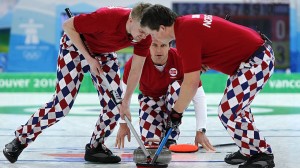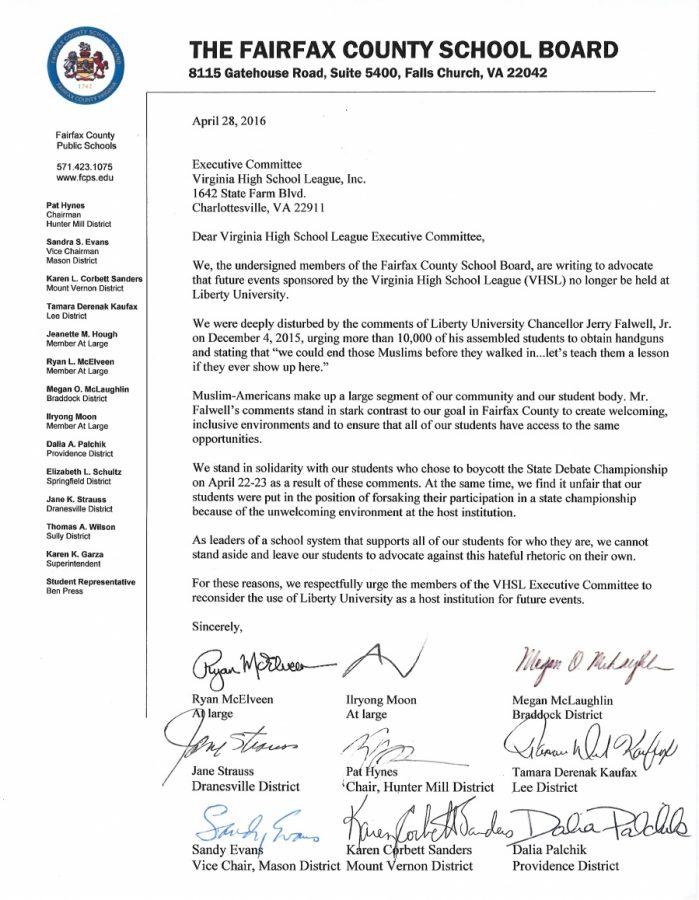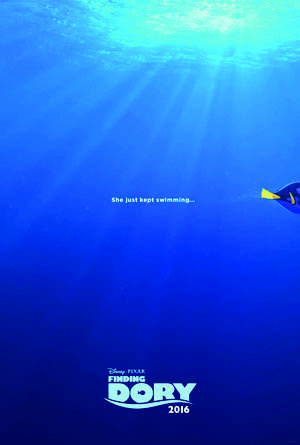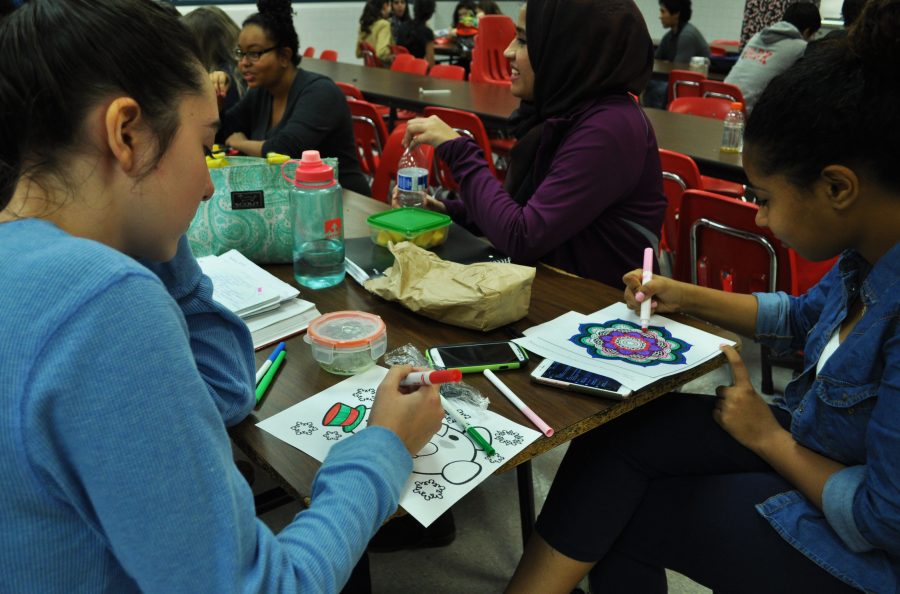
During the cold winter months of 2010, the eyes of the world converged on Vancouver, Canada for the 21st Winter Olympic Games. A grand total of 82 nations competed in the games in popular sports such as ice hockey, figure skating, and a household winter games favorite, speed skating, all of which were televised and watched by mass audiences across the country and the world. However, to the surprise and dismay of many, one sport captivated children, teenagers, and adults alike like no other sport at the event.
As one might recall, the rather unorthodox sport of curling gained publicity on multiple social media sites. “I remember checking Facebook one day, and I saw an action shot of one of the [curling] matches. Initially I thought nothing of it, but after a while, I saw another, then another, and another. I didn’t understand the hype around it, but I felt compelled to watch”, said Senior Brooke Inglese.
Inglese’s reaction was shared by millions around the world, to the point where NBC, the television provider which covered the Vancouver Winter Games of 2010, saw an exponential increase in viewers when the sport was televised. Sports fans of all different creeds enjoyed the unexpected intensity of each match and marveled in the complex strategies used by each team, watching the Norwegians, and the Swiss medal in the men’s event and the Swedish and the Chinese medal in the women’s event. The Canadians medaled in both the men’s and women’s events respectively; the men winning gold, and the women taking home the silver.
Now only weeks away from the opening ceremony, the world eagerly awaits the televised broadcasts of the real athletes of the ice: the men and women of curling.






